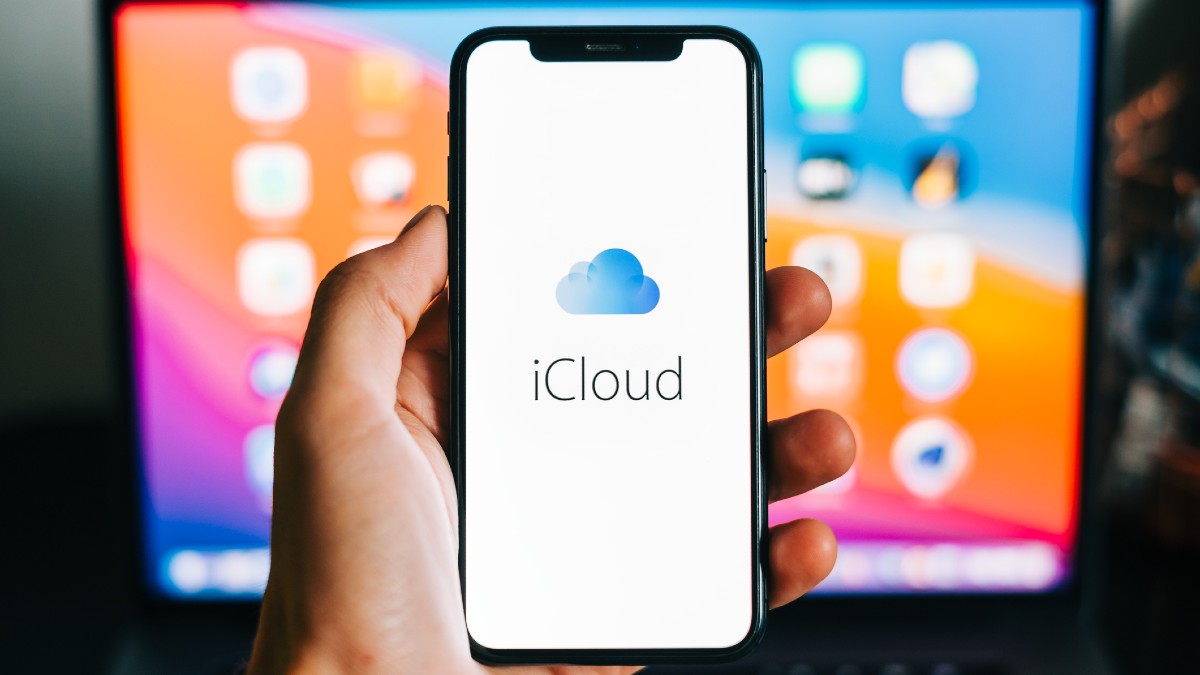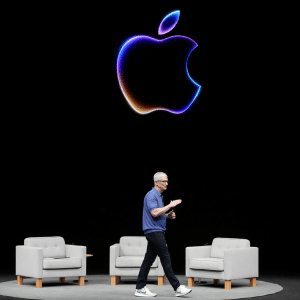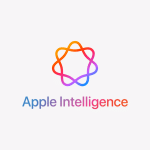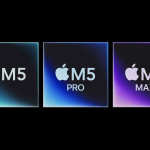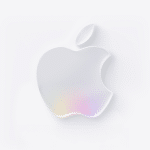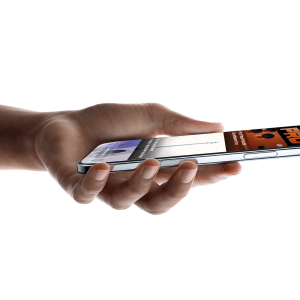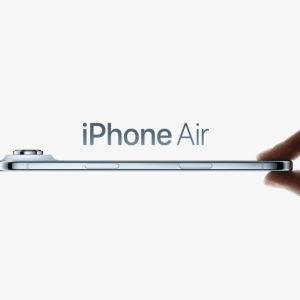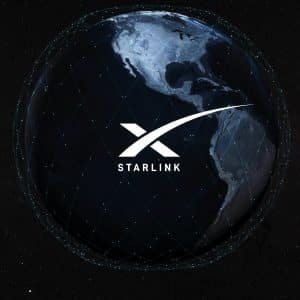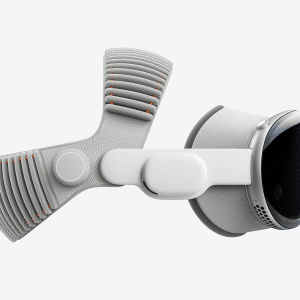Apple’s move aligns with its strategy to enhance security and integrate advanced features, such as Apple Intelligence, which demand modern hardware and software. iOS 10 and macOS Sierra, launched in September 2016, are now nine years old, and their architectures struggle to support the latest iCloud functionalities. By requiring iOS 11 or macOS High Sierra, Apple ensures that services like iCloud Keychain and backups operate with improved encryption and performance, reducing vulnerabilities in an era of rising cyber threats.
This change follows a pattern of phasing out older systems. Last year, Apple ended iCloud Backup support for iOS 8 and earlier, and macOS High Sierra previously lost App Store access. The company’s focus on newer operating systems reflects a push toward on-device processing and AI-driven tools, which older platforms can’t handle efficiently.
Affected Devices and Their Limitations
The iOS 10 cutoff impacts several legacy devices, including the iPhone 5 (2012), iPhone 5c (2013), and fourth-generation iPad (2012), as these models cannot upgrade beyond iOS 10. Users of these devices will lose access to iCloud services like Photos, Drive, Keychain, Find My, and backups, severely limiting cloud-based functionality. For example, photos and files stored in iCloud will remain accessible via web browsers at icloud.com, but native app integrations on these devices will cease, disrupting seamless syncing.
On the Mac side, macOS Sierra’s discontinuation affects older systems, but since all Sierra-compatible Macs can upgrade to High Sierra, no Mac hardware is entirely excluded unless users have chosen not to update. This distinction highlights the importance of keeping software current to maintain full iCloud compatibility.
Workarounds and Upgrade Options
For affected iPhone and iPad users, upgrading to a newer device is often the only solution, as hardware limitations prevent iOS 11 installation on the iPhone 5, 5c, and fourth-generation iPad. Entry-level options like the iPhone SE (2nd generation) start at $429, while refurbished iPhone 11 models, compatible with iOS 26, are available for around $300 on platforms like Amazon. These devices restore full iCloud functionality and support modern features like Apple Intelligence.
Mac users can update to macOS High Sierra or later, available as a free download via the Mac App Store, provided their hardware supports it. For those unable to upgrade, accessing iCloud via a web browser offers a partial workaround, allowing file retrieval or photo viewing, though without the convenience of native app integration. Regularly backing up data to an external drive is also advisable to prevent data loss.
Impact on Enterprise and Niche Users
The change poses challenges for enterprise environments and niche users who rely on older systems for custom software or budget constraints. Businesses using iPhone 5 or 5c for legacy apps may face workflow disruptions, particularly in sectors like finance where data continuity is critical. A 2025 Macworld analysis notes potential compliance issues for organizations running macOS Sierra on Intel-based Macs, as iCloud’s security updates are now tied to newer systems.
For hobbyists or collectors using vintage Apple devices, the loss of iCloud support diminishes functionality but doesn’t render devices obsolete. These users can still use local apps or alternative cloud services like Google Drive, though integration with Apple’s ecosystem will be limited. The shift underscores the transient nature of cloud storage compared to physical media like external drives.
Preparing for the Transition
Users on iOS 10 or macOS Sierra should act quickly to secure their data. Before support ends, downloading iCloud Photos, files, and backups to a local device ensures nothing is lost. Apple’s support page recommends updating to at least iOS 15 or macOS Monterey for full iCloud compatibility, with iOS 11 or High Sierra as the minimum. Checking device compatibility via Settings > General > Software Update on iPhones or System Settings on Macs is a critical first step.
For those opting to upgrade, retailers are offering deals tied to the iOS 26 launch. Refurbished Macs, such as the 2017 MacBook Air for $400, provide a budget-friendly path to macOS High Sierra or later. Apple’s trade-in program also offers credit toward new devices, softening the cost of transitioning to a supported model.
Looking Ahead: Apple’s Ecosystem Evolution
Apple’s decision reflects its broader push to modernize its ecosystem, prioritizing security and innovation over backward compatibility. As iOS 26 and macOS Tahoe introduce AI-driven features and a Liquid Glass design, older systems like iOS 10 and macOS Sierra struggle to keep pace. This shift may accelerate hardware upgrades, particularly as Apple phases out Intel-based Macs and emphasizes Apple Silicon.
With iCloud support now tied to newer operating systems, users are encouraged to stay current to fully leverage Apple’s cloud services. As these changes take effect this Friday, the transition highlights the need for proactive device management to maintain a seamless digital experience.


